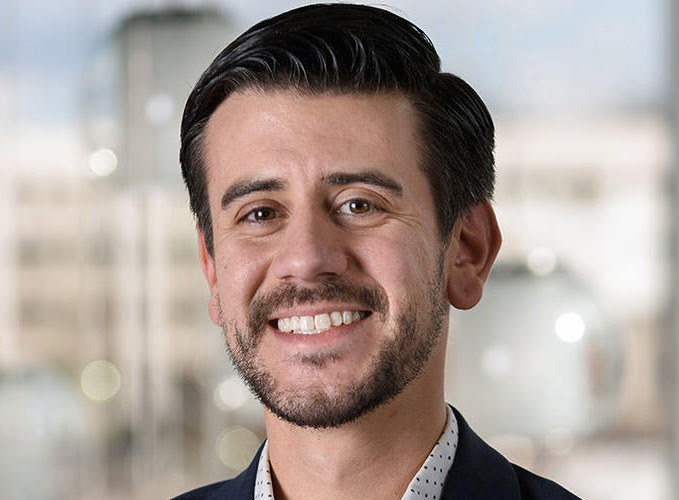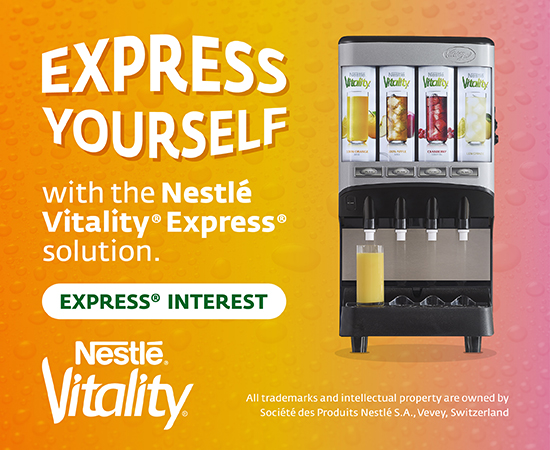
Over the past year, hoteliers have had to adapt their operations in response to the pandemic and find alternative ways to drive revenue as occupancy plummeted. For their part, food and beverage teams have shifted focus from on-site dining and events to explore takeout, delivery, off-property catering, and retail offerings—a trend that Anthony Langan, corporate director of food and beverage at Charlestowne Hotels, expects will continue into next year.
“As 2021 approaches, it’s important for hotel operators, especially at independent hotels, to look back at the successes and failures they had throughout 2020,” Langan shared with LODGING. “There are many lessons to learn from this unprecedented year, and the only way to succeed in 2021 is to align with the needs of guests and the local community while incorporating emerging technology.”
Langan shared his thoughts on pivoting F&B strategies amid the pandemic, what trends he expects to see in the year ahead, and more.
What advice do you have for hotel operators who are considering alternate revenue streams for restaurants and bars?
When hoteliers begin considering alternative revenue streams for their F&B outlets, it’s important to take a step back and research the ways similar offerings are being sold in the industry currently. Once operators have a better understanding of what’s already out there, it’s easier to see where there’s an opportunity for them to insert their offerings. It’s different for everyone, depending on the various strengths and advantages of each restaurant or bar. For Charlestowne Hotels, takeout has been the best option to boost sales while preserving profit margins, compared to delivery. It’s all about leveraging the F&B offerings that performed best in each location.
What do you think is the key to pivoting to a successful takeout or delivery program for hotel F&B outlets that may not have previously offered that option?
The key to successfully pivot hotel F&B outlets to a takeout/delivery model lies in technology and logistics. Many hotels didn’t have the appropriate systems in place before and had external F&B operations as more of an afterthought. Now, it’s more important than ever to have the technology in place for hotel guests and outside customers to browse a hotel’s F&B selections and seamlessly place an order. It’s been much easier for hotels that previously had cloud-based systems to integrate online ordering capabilities into websites and social media.
Hoteliers are being required to make a necessary change in mindset—just because people aren’t able to dine out in the same way as before doesn’t mean they don’t want quality food and drink options. In addition to serving hotel guests, there’s also a heightened focus on catering to the local community now. While there are maybe a couple of hundred guests inside a hotel at one time, there are thousands of customers outside hotel doors looking for high-quality F&B. It’s important to recognize where and how customers are looking for what your hotel offers. It may require new fees or supplies that weren’t needed before, and there’s nothing wrong with not transitioning every menu offering to delivery if it’s meant to be a dine-in exclusive.
For example, Deer Path Inn, a Charlestowne-managed property, has found much success with call-in delivery orders compared to online orders. This is due to the intimate level of guest loyalty the hotel has and knowing how the customers want to interact when ordering. As a brand, we’ve also seen success with Google’s “The Ordering.App,” which allows ordering links to be integrated into its search engine. This has been a strategic way to minimize costs, as the platform has waived its fee until March 2021 to support restaurants. Our team has really taken the time to learn from previous world events and has found success in doubling down on targeted marketing efforts instead of drawing back.
What opportunities do you see for hotels when it comes to outside catering? Where should they be looking to fill a need that exists in their communities?
Catering is such a broad area of the F&B industry that has taken many forms throughout the pandemic. It’s integrated scenarios beyond the traditional setting people normally think of. Weddings, corporate events, banquets, and all other types of events have evolved and it’s up to each hotel to look into the opportunities in its own community. For example, there are still pharmaceutical representatives that are still trying to sell medications to doctors, so there’s a demand for lunches to be catered to local doctor’s offices in response. There are plenty of online resources that connect hoteliers to local catering needs.
What other hotel F&B trends do you anticipate in 2021?
Besides diversifying revenue streams through takeout, delivery, catering, and retail, hotel F&B will increase its efforts on engaging potential customers in the local community in 2021. With reduced levels of travelers staying inside hotels, the local community will continue to be important to the success of hotel restaurants and bars. There will also be an increase in technologies used that’ll allow operators to better collect and process data on the preferences and experiences of guests. This will continue to personalize the F&B experience as the world continues to adapt.
What steps are Charlestowne Hotels taking to position hotel F&B programs for 2021?
Charlestowne’s portfolio consists of 50 diverse properties with a wide range of F&B offerings and opportunities requiring each program to be tailored to individual needs. In 2021, we’re focusing on strategic partnerships that will be integrated regionally and across our portfolio. On the product side, we’re partnering with local manufacturers and producers to not only uplift the surrounding communities but also to adapt to the preferences of our guests. Charlestowne is also partnering with various technology systems, such as SevenRooms, to continue to tailor F&B services for customers in 2021. By utilizing data to know what our guests like and what they think about their experience at Charlestowne properties, we’ll be able to predict trends to improve ratings and potentially increase profits.












